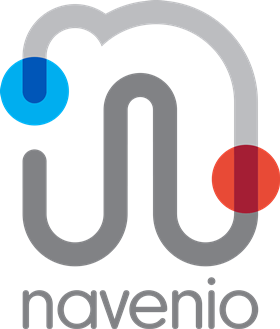New technologies that propel better patient care and streamline processes will be essential to bringing the NHS back on track, writes Tim Weil
![]()
This is paid-for content from our commercial partners. Find out more
With lockdown easing and a vast backlog of postponed treatments, it is now more important than ever that hospitals optimise their efficiency to make sure patients receive the level of care they need. Elective procedures and vital cancer treatments were paused to free up beds during the first wave of covid-19 and the second wave of covid-19 has exacerbated the situation even more.
Sponsored by
The NHS Confederation has worked out there are 4.7 million people who are waiting to have treatment in hospital. Now with the backend of the second wave upon us, hospitals face the delicate balancing act of getting more patients back through the doors for treatment and treating patients using covid safe procedures.
Thankfully, there are solutions available around the country and the smart application of technology underpins many of those.
Getting back to capacity, safely
Returning to capacity isn’t as simple as turning the taps back on. Hospital environments need to be set up differently, to allow for the safe treatment of those with covid-19, while simultaneously allowing for non-covid patients to receive treatment that they often desperately need.
Location-based technology is one of the simplest and most effective ways to ensure that hospital staff are not moving from one zone to another. To address this need, Navenio’s infrastructure-free indoor location solution has accelerated the creation of crowdsourced maps through users’ movements, automating feature extraction and the processing of floorplans, which will enable a 10-fold improvement in deployment speed.
By way of example, Navenio’s trained AI can ensure that a patient move from a ‘red’ to a ‘green’ zone needs approval by an infection control specialist before being carried out. Therefore, patients could be rerouted to preserve a ward’s integrity.
Focus on flow
Hospitals are faced with the challenges of ensuring that patient experience is more closely monitored and improved than ever before, while also making their working processes more efficient to cope with the strain on resources that dealing with the backlog of patients will inevitably bring. Our infrastructure-free location technology is helping the frontline by localising the team members that underpin the patient flow in a hospital – something that was previously impossible in large hospital buildings.
East Kent Hospitals Foundation Trust is using the AI platform for workers and carers to log tasks more efficiently themselves, reduce helpdesk calls, and mitigate the impact on patient care. The technology ensures the right team members are in the right place at the right time and the smooth flow of day-to-day operations, avoiding the potential for delay of services and impact on patient care.
A range of processes within the NHS and private healthcare providers can become more streamlined, from portering to cleaning, to catering, and the location of assets, enabling hospitals to become data-led operations and put simply, to do more with less.
Since onboarding Navenio, Tameside and Glossop Integrated Care FT has experienced 94 per cent more portering tasks being completed.
Supporting recovery
An efficient recovery from covid-19 is vital. Navenio is extending the current functionality of its software to accommodate the rising demand for cleaning, infection control and the risk management of patients’ movements. This will be critical in managing any further increase in the number of covid-19 infections, new variants and the potential of a third wave.
In addition, it will provide data analytics which will draw insights on resource utilisation, increased capacity and reduced risk. This will result in the first UK-wide statistics on resources utilisation and will help local management benchmark how efficiently hospitals are performing against other sites, improving key decision making across hospitals and helping to deal with the waiting list from the pandemic.
Whether location-based or not, understanding the benefits of new technologies in driving better patient care will be key to supporting the recovery of the NHS in getting back on track as quickly as possible.
For more information click here.




























